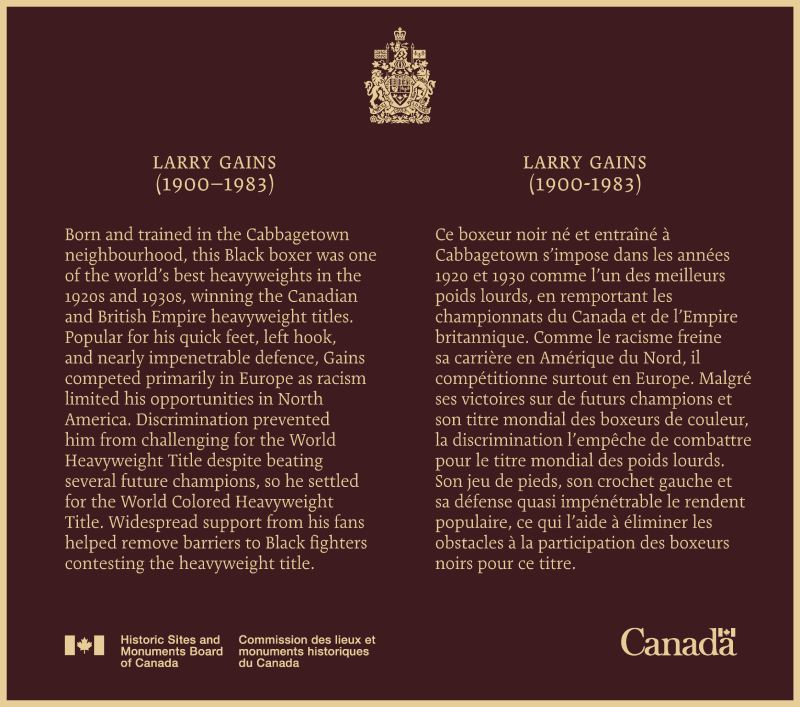Larry Gains National Historic Person (1900-1983)
Larry Gains was designated as a national historic person in 2020.
Historical importance: one of the top heavyweight fighters in the world in the 1920s-1930s.
Commemorative plaque: will be installed in Regent Park, TorontoFootnote 1
Larry Gains (1900-1983)
Born and trained in the Cabbagetown neighbourhood, this Black boxer was one of the world’s best heavyweights in the 1920s and 1930s, winning the Canadian and British Empire heavyweight titles. Popular for his quick feet, left hook, and nearly impenetrable defence, Gains competed primarily in Europe as racism limited his opportunities in North America. Discrimination prevented him from challenging for the World Heavyweight Title despite beating several future champions, so he settled for the World Colored Heavyweight Title. Widespread support from his fans helped remove barriers to Black fighters contesting the heavyweight title.
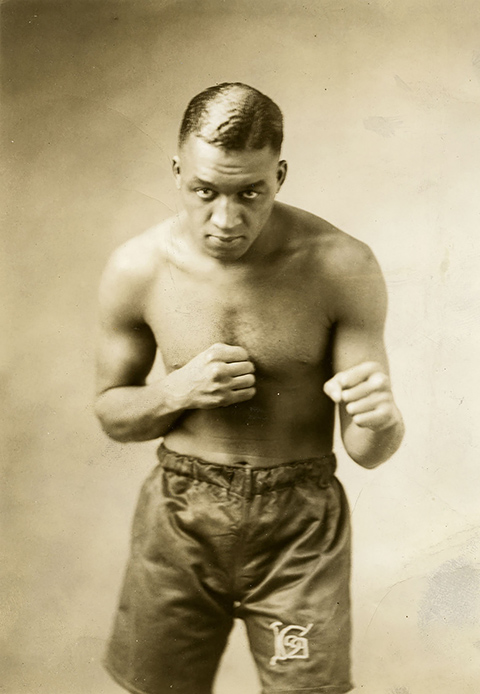
© Canada's Sports Hall of Fame Archives
Larry Gains (1900-1983)
Born and trained in Canada, heavyweight boxer Larry Gains gained prominence in the 1920s and 1930s by winning the Canadian, British Empire, and World Colored Heavyweight Titles. Discrimination and racism prevented him from challenging for the World Heavyweight Title. While the majority of his bouts were held in Europe, Gains represented Canada as national champion and attracted large crowds to his fights. Popular with fans for his quick feet, strong left hook, and nearly impenetrable defence, he posted impressive victories over multiple future champions. Widespread support from his fans helped remove barriers to Black fighters contesting the Heavyweight Title.
Born 12 December 1900 in the Toronto neighbourhood of Cabbagetown, Lawrence Samuel “Larry” Gains became one of boxing’s top competitors in the 1920s and 1930s. His maternal grandfather, Dave Henderson, escaped enslavement in Virginia and came to Canada via the Underground Railroad. Growing up, Larry Gains was a great admirer of American Jack Johnson, the first Black heavyweight champion. As a young man, Gains trained at the Praestamus Athletic Club, which was an organization for Black boxers in Toronto.
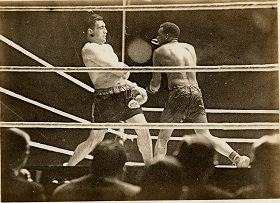
© Hawaii Times Photo Archives Foundation, Credit: Nippu Jiji Photo Archives, Digitization: Densho, Bilingual metadata: Hoover Institution Library & Archives and National Museum of Japanese History
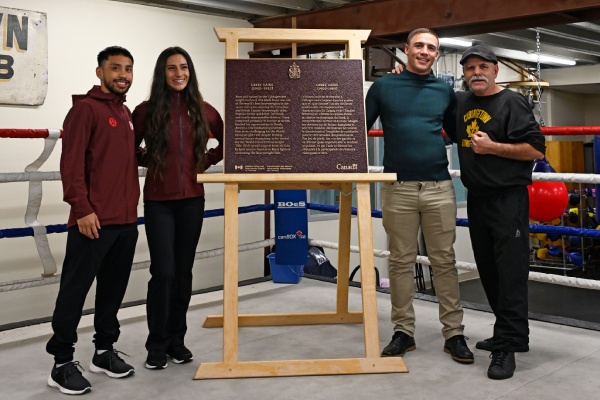
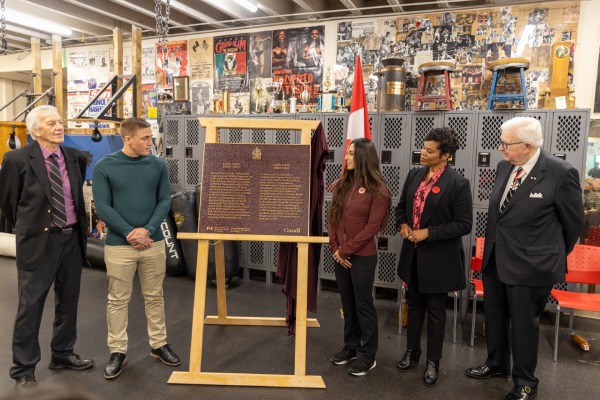
Gains’ first bout came in an amateur competition in April 1921 where he faced Charlie McDoulton, who had been Canada’s amateur champion for the better part of a decade. Gains lost the fight but impressed a local trainer who worked with him for several months, primarily on developing his left hand. When a rematch with McDoulton was scheduled, Gains won via a second-round knockout.
As his reputation grew, earning a living as a boxer emerged as a possibility for Gains. Racism limited his opportunities as a Black athlete in North America, so Gains moved to England in 1923 to turn professional. After losing his first fight, he relocated to Paris, France, where he found success before moving to Germany in 1924. His biggest fight during this time was on 28 August 1925 when he knocked out future World Heavyweight Champion Max Schmeling in the second round.
In February 1927, he won his first professional title when he became the Canadian Heavyweight Champion. A year later, he won the World Colored Heavyweight title and in 1932 became the British Empire Heavyweight Champion. Racial discrimination limited his career as non-white athletes were barred from competing for the English Heavyweight Title and promoters maintained an unofficial colour barrier for the World Heavyweight Title, both championships for which he was a legitimate contender. He officially retired from boxing in 1941. Gains died of a heart attack on 26 July 1983 while visiting family in Cologne, Germany.
This press backgrounder was prepared at the time of the plaque unveiling in 2023.
The National Program of Historical Commemoration relies on the participation of Canadians in the identification of places, events and persons of national historic significance. Any member of the public can nominate a topic for consideration by the Historic Sites and Monuments Board of Canada.
- Date modified :
